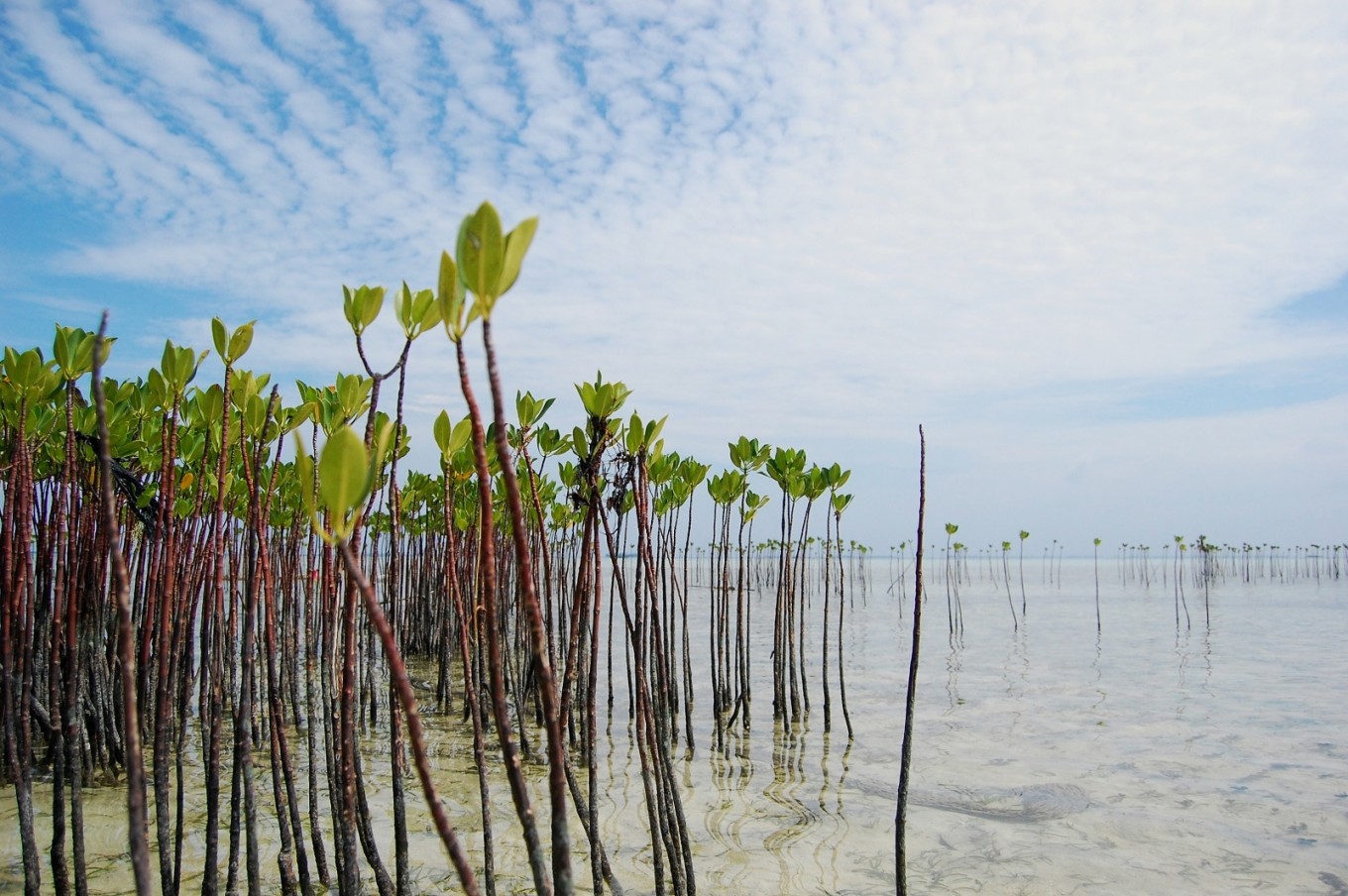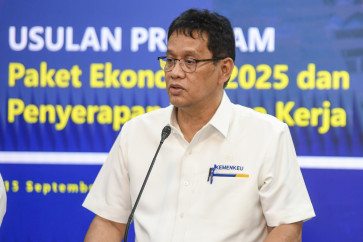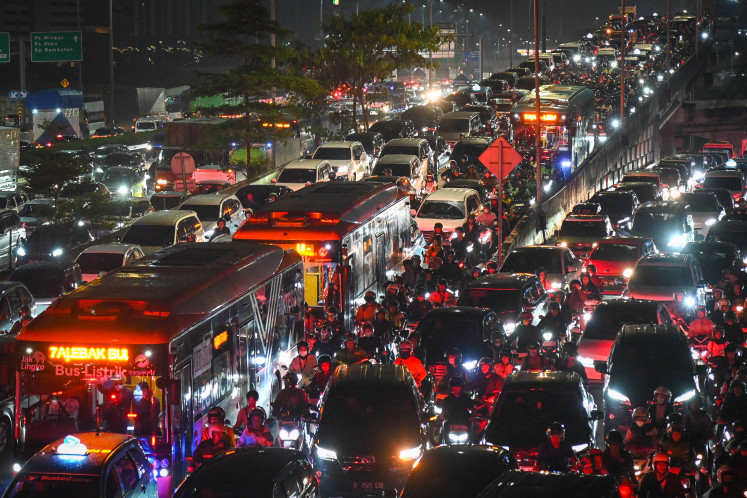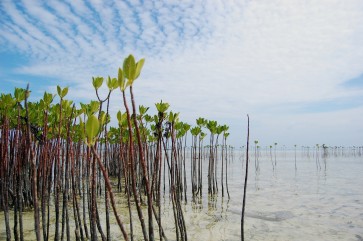Popular Reads
Top Results
Can't find what you're looking for?
View all search resultsPopular Reads
Top Results
Can't find what you're looking for?
View all search resultsMangrove restoration only half the story
Mangroves are under the water as well as above it. Similarly, public knowledge of their importance in climate change can be below people’s line of sight and awareness.
Change text size
Gift Premium Articles
to Anyone
M
angroves are under the water as well as above it. Similarly, public knowledge of their importance in climate change can be below people’s line of sight and awareness. This vital coastal ecosystem figures as an area for marine protection, one of six areas of action in the fifth Our Ocean Conference (OCC) that Indonesia is hosting from Oct.29 to 30 in Bali.
Mangroves are tropical trees that grow in tidal, coastal swamps. Their branches spread and send down roots in a dense crisscross tangle. Countries with a large area of mangroves include Indonesia, Brazil, Australia, Nigeria and Mexico. In coastal Southeast Asia, mangroves are also present in Malaysia, Singapore, Thailand, Cambodia, Vietnam, Myanmar and the Philippines, serving as buffers to protect coastlines. However, what the public knows little about is that mangroves help to manage global warming. Releasing carbon into the atmosphere increases global warming. In turn, it would also inflate the occurrence of climate change impacts.
This coastal ecosystem contains a great amount of carbon dioxide. One hectare of mangroves can hold as much as five times the carbon dioxide in 1 hectare of upland forests.
Mangroves are nature’s coastal silo for carbon storage. By keeping the carbon intact, mangroves could help meet the 2015 Paris Agreement’s call to limit global warming to “well below” 2 degrees Celsius by lowering carbon emissions.


















